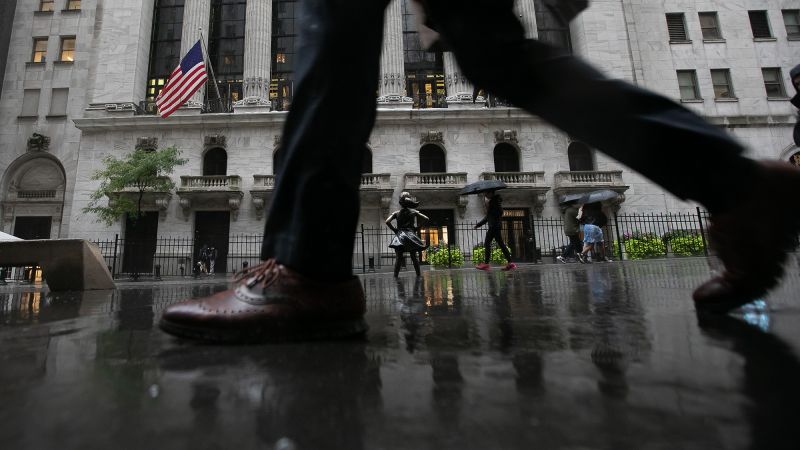In a recent survey conducted by the Federal Reserve Bank of Philadelphia, it was found that about one in three Americans making six-figure salaries are concerned about paying their bills in the upcoming months.
The survey highlighted a significant increase in the number of consumers earning $100,000 or more per year who are worried about making ends meet in the next 12 months. This financial pressure has led many wealthier Americans to cut back on spending, including reducing visits to restaurants and entertainment venues.
The survey also revealed that high inflation and elevated borrowing costs have contributed to the financial strain experienced by consumers, even those at the higher end of the income spectrum. Nearly a third of consumers making between $100,000 and $149,999 a year expressed concerns about their financial situation in the next six months, compared to a year earlier.
Moreover, the survey showed a notable increase in the percentage of higher-earning consumers who are anxious about their ability to pay bills in the longer run. For example, there has been a rise in the number of individuals making $100,000 to $149,999 who are concerned about their finances in the next seven to 12 months.
Despite these concerns, a growing number of wealthier consumers are expecting higher incomes this year. This optimism is reflected in the increased spending on travel, with a record number of passengers screened by the Transportation Security Administration at airports.
As summer approaches, the TSA is preparing for a record-setting season of air travel, with expectations to screen more than 32 million people from June 27 through July 8. However, to manage financial stress, many consumers, including those earning more than $150,000 a year, are cutting back on discretionary spending for entertainment and dining out.
Some consumers are taking additional steps to cope with financial challenges, such as taking on extra jobs, borrowing more money, or withdrawing funds from retirement savings early. Overall, the survey highlights the ongoing financial pressures faced by Americans across different income brackets.












